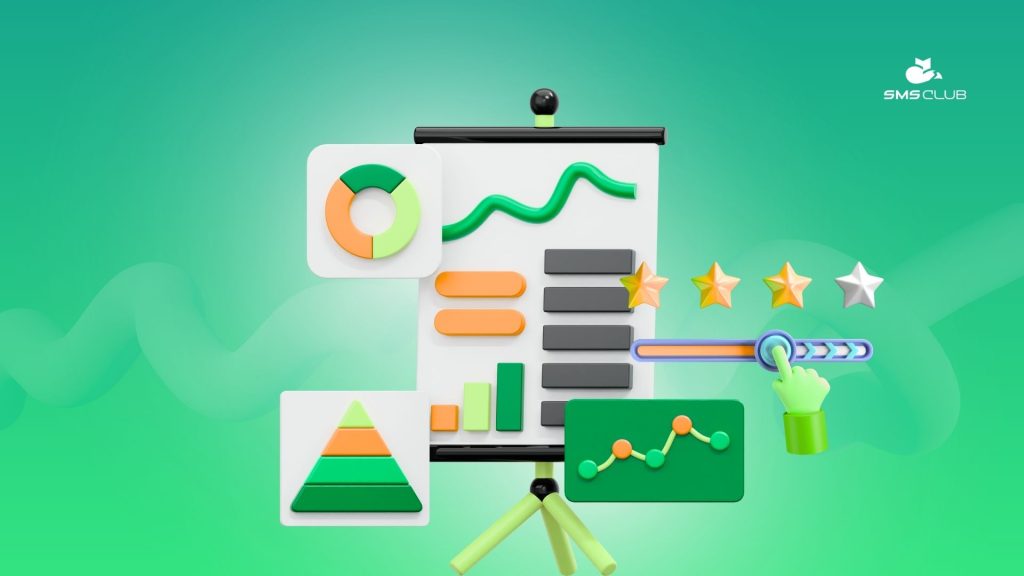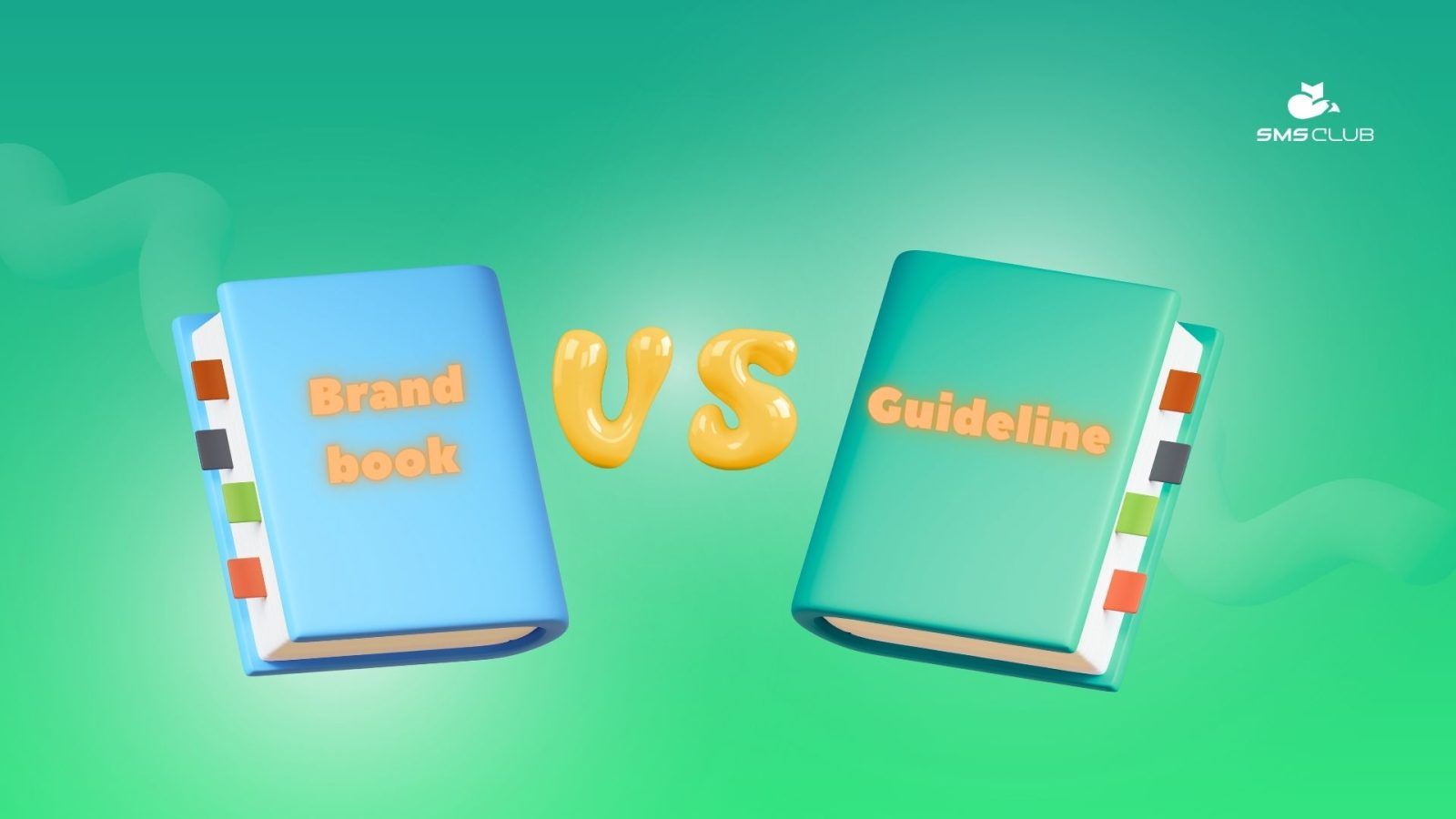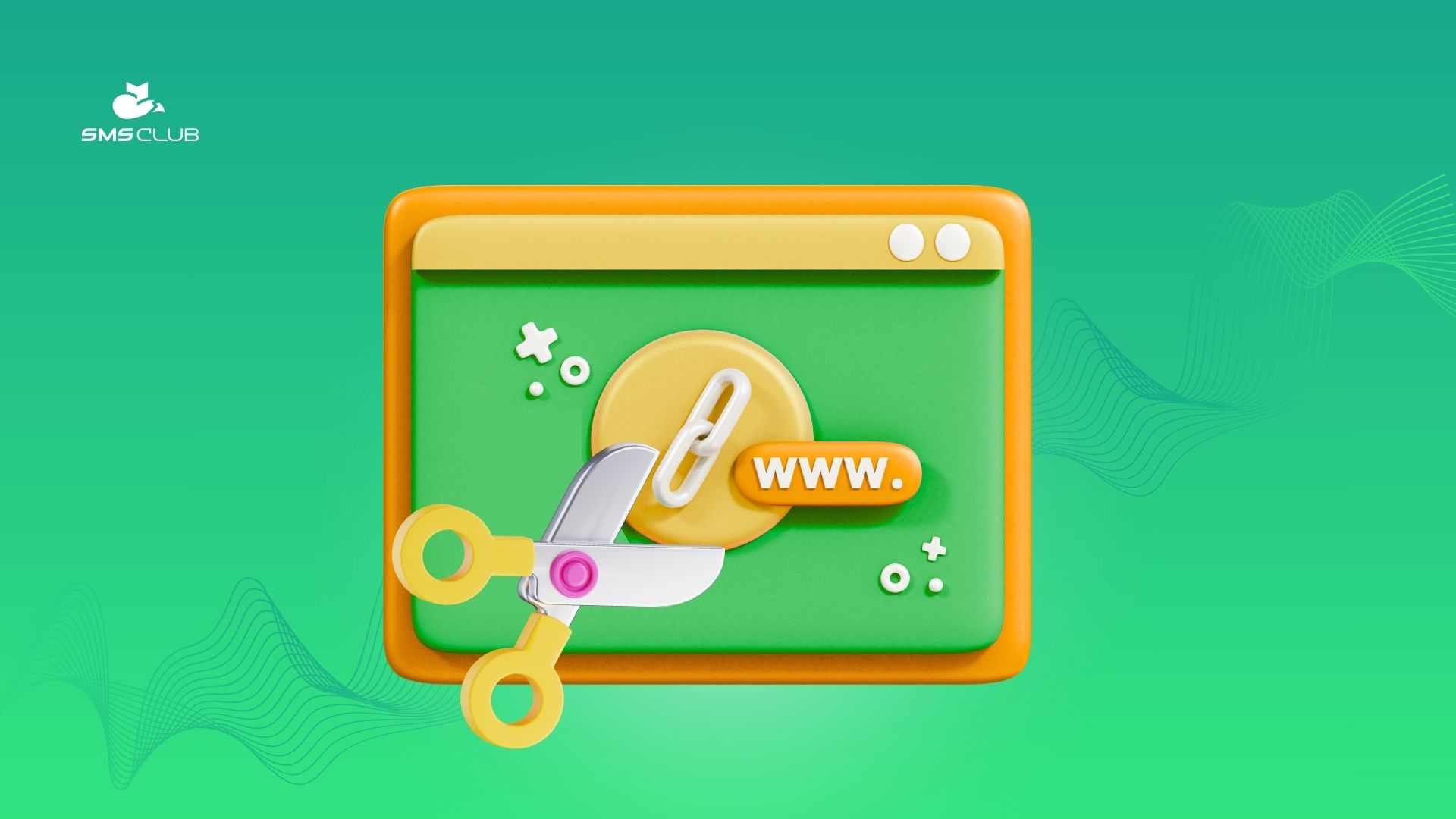How to analyze the effectiveness of your SMS campaigns: key metrics

Contents:
Contents:
Campaign result analysis is one of the pillars of promotion in any niche. SMS marketing uses a wide range of different analytical metrics. Some of them are aimed at studying consumer psychology, their reactions, and triggers. Others are purely economic and help determine whether the advertisement paid off.
All conclusions and observations are equally important. And an unsuccessful SMS campaign can sometimes be much more informative than one that went “as usual.”
Delivery Rate
Reveals the percentage of messages that reached the recipients.
Let’s assume you sent 100 promotional SMS about discounts, of which 95 were received by people. The delivery rate in this example is 95%. This number alone doesn’t say much, but it’s important to understand the features of the tool.
Yes, SMS arrives on all devices without exception. If the client is online, the deliverability should be 100%. However, sometimes this figure falls — even if you are using your own, not purchased, customer base, and during the filling process, you use double confirmation via SMS.
The most likely reasons are two:
- The phone number is no longer in service;
- The subscriber unsubscribed from your mailing list or added it to the blacklist.
No tragedy — you just need to get rid of inactive numbers. How to do this is explained in detail in the article “What is an HLR request?”. Timely database updates help save up to 20% of the cost of an advertising mailing. And for this reason, the effectiveness analysis should start with the delivery rate.
Open Rate
Allows you to evaluate how many people read the message.
This parameter has two aspects: unique and total.
- Unique Open Rate. This is when, for example, 30 people viewed 100 delivered SMS.
- Total Open Rate. This is when 100 delivered SMS were viewed, for example, 78 times. That is, hypothetically, the same person read your message 48 times.

For analysis, it is important to consider both aspects — they help make conclusions about the reaction to the advertisement and understand what people will react to in the future. For this, you need to dive into the purchase history of clients — both those 30 who opened the message and those who visited it 48 times.
This indicator is influenced by many factors, from the seasonal market situation to product specifics. In SMS Marketing, the Open Rate typically fluctuates between 15% and 20%, but there are niches where it is inherently lower. Therefore, each business relies on its own parameter.
Customer Response Time
You can also consider a coefficient like “the time between receiving the message and reacting to it.” Can this time be shortened? Opinions are divided.
Some experts believe that yes — by sending SMS not at 10 a.m., but, for example, at the end of the workday. Others are sure that no: a person will respond to an SMS when they have time and inspiration. Especially if we are talking about a mature and thoughtful audience.
It is important that the message from the phone goes nowhere. And this should be considered when determining the goal of the mailing.
For example, one of the city’s optical shops sent SMS to all customers who had ordered glasses in the last 3 years. The discount offered interested only 2 people, and the marketer made the entirely logical conclusion that SMS is an unsuccessful communication channel.
However, after a few months, the store’s business picked up. It turned out that for many visitors, this SMS worked as a reminder — time to replace their glasses.
Click-Through Rate (CTR)
It indicates what percentage of users clicked on the active link “embedded” in the ad.
Just like Open Rate, this coefficient is divided into total and unique. And just like that, there is no ideal number to achieve. For one business, even 2% clicks might be a great result. For another, 30% might be too low.

It’s important to note that there is always room to grow the SMS CTR. You can look for this in:
- Changing your approach to database segmentation;
- Personalizing offers;
- Crafting a compelling call to action.
Conversion Rate
This is the culmination of the entire advertising campaign, as it shows you how many people became interested in your product and made a purchase.
For example, you sent 100 SMS, 30 people read them, and 5 of them bought your candies. The conversion rate will be 5%. You should also calculate how much each conversion costs you.
Both metrics allow you to compare expenses on different communication channels and decide which one works better.
There is also a separate area of marketing analytics that doesn’t look at clicks on websites or message openings but rather at the money invested in an advertising campaign and the revenue that investment generated. These metrics are known by the abbreviations ROAS, ROI, and ROMI.
Conclusions
You should summarize the results of your campaigns at the end of each mass promotional activity. Only through this process can you see which offer received the most responses and how. Key performance indicators of SMS advertising also highlight possible reasons for marketing successes and failures. And, in any case, they provide the opportunity to:
- Minimize “budget waste”. For example, knowing that your SMS offer was noticed by people in Lviv and Ternopil but almost ignored in Chernivtsi can prompt conclusions and further actions, including adjusting ad spend distribution.
- Adjust your advertising strategy in a timely manner. For instance, you can experiment with database segmentation. Maybe you should focus on a different target audience, or allow yourself to try some new approaches. After all, people don’t always respond just to savings — it could be emotional value or practical advantage. Learn more in the article “How to Create an Offer for a Mailing: Three Steps and One Explanation”.
- Better understand your customers and their needs. You should never assume that you know everything about your audience. People can be surprising, life is unpredictable, and priorities change. That’s why SMS ads that worked perfectly for three years straight might suddenly not have the desired effect in the fourth year.
Consult with specialists, and they will guide you not only on how to automate the mailing process but also which analysis parameters are relevant for your specific campaign.




